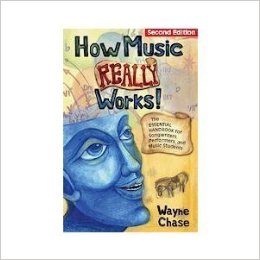In his new book Frank Turner takes 36 songs and explains how they were written. He also explains a lot about how they work. Each song has a separate chapter where Frank talks about the inspiration for the song, the words, the music and how the recording came together.
I listened to the audio book version which is a great way to get close to the songs. One of my strongest impressions is the difference between the thoughtful intelligent analytical discussion of the songs and the wild passionate way he performs them. The contrast is dramatic and that is one of the main lessons from this book.
For a long time I used to say that Frank Turner was the most successful singer songwriter that most people have never heard of. In the last few years he has become more visible to a general audience but he has achieved this success by writing great songs and playing thousands of shows. Word of mouth seems to be his secret weapon.If you haven heard of him then check out this play list.
The first part of each chapter talks about the background of the song and the lyrics. Many of Frank’s songs are based on his experiences so there is an element of autobiography. He believes that he has the right to share what he likes about himself but says it is difficult when he is writing about relationships because they involve other people. How much should he share? Some of his songs are a combination of people pulled together under a common name, Amy is one of these.
He then goes on to discuss the music of the song, often this is in terms of chord patterns (I, IV, V or C,F G) but he also goes into more detail about how he moves away from these to make for interesting music. The song ‘Broken Piano’ was based on the sound of a faulty microwave oven that produced a sixth interval, singing other notes over the top of this drone made other harmonies.
The final part of each chapter covers the recording and performance of the song. How the band built up the arrangement and how the song changes as it was rehearsed. It’s interesting toi hear how much of the songs come alive in performance.
Best Bits: When you get stuck on a song just play what you have with confidence and see what happens when you get to the part that is missing, perhaps it will just come to you. Don’t be afraid to redraft. Play a song as much as possible before you record it to rub off the rough edges. A great song is not just the words and the music; it is the way you present the finished piece. The arrangement is a major part of the song.
This is definitely worth five stars. Some great song writing ideas and an entertaining read.










